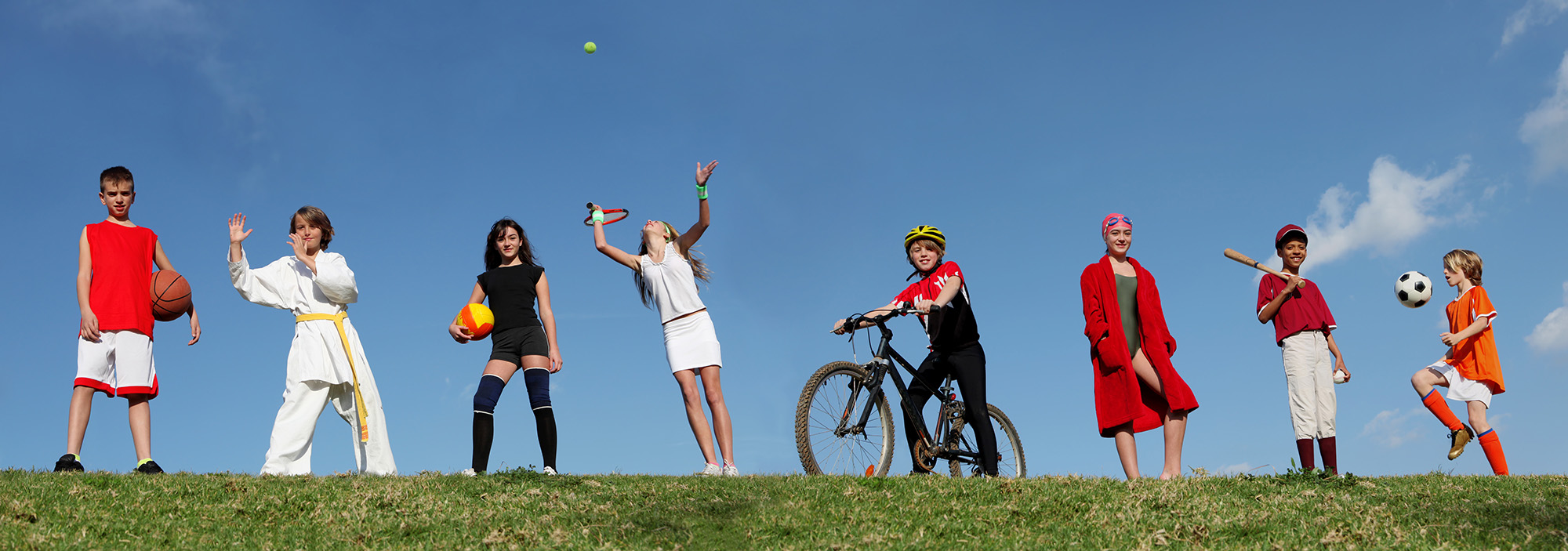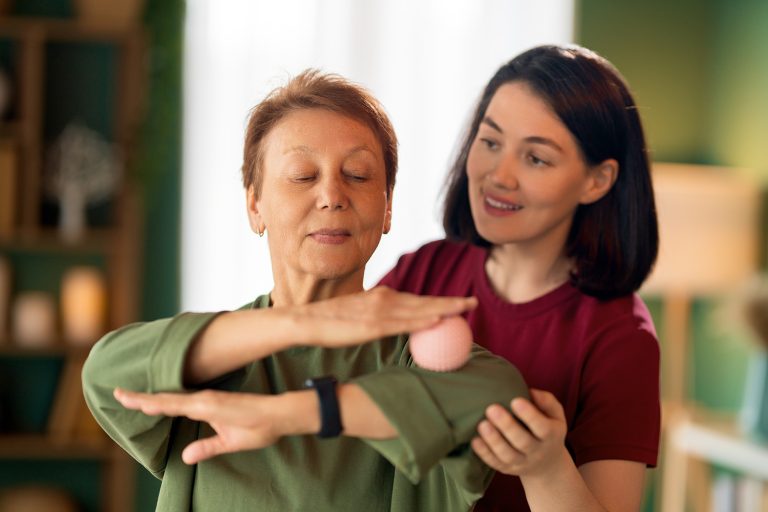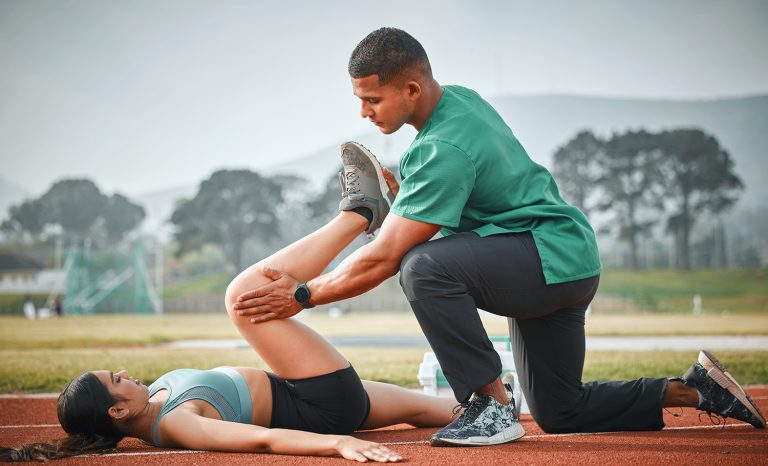

Why Kids Shouldn't Specialize in One Sport
Most medical experts in agreeing that young athletes generally remain mentally and physically healthier, achieve greater success, and learn to enjoy a lifetime of physical fitness when they opt to play multiple sports.
Specializing in a sport is fine, but we should be aware that allowing youth to specialize in a sport year-round can lead to burnout, a greater risk of experiencing overuse injuries, and less long-term success.
While this path has worked out for some, these stories are very rare and overlook the fact that the risks of specialization far outweigh the rewards, especially when it comes to youth athletics.
It’s been estimated that up to 60 million U.S. youths ages 6 to 18 years participate in some form of athletics. More than 5 million of these athletes experience an injury each year. According to the American Academy of Pediatrics, at least 50 percent of athletic injuries are related to overuse, the types of injuries for which one-sport athletes are particularly prone.
An overuse injury happens when a bone, muscle or tendon has been put through repetitive stress without being given a sufficient amount of time to heal or repair, leading to microtraumatic damage. Think sore pitching arms or pain in a swimmer’s shoulder that doesn’t go away, possibly keeping the athlete from competing.
The same repetitive motions year-round can, in other words, lead to such overuse injuries as strains, sprains, stress fractures, and even tears in muscles, tendons and ligaments. Playing multiple sports, in contrast, allows young athletes to challenge their bodies in different ways, developing new sets of physical traits and skills and that offer more universal performance benefits.
To help young athletes reduce the risk of developing overuse injuries and overall burnout here are a few things for parents and coaches to consider:
Encourage Diversity: Especially at an early age, encourage kids to try out and play different sports throughout the year. Some of the most successful athletes (up to 97 percent of the pros) believe being a multisport athlete was beneficial to their long-term success.
Seek Rest: Young athletes should take at least one to two days off from practice and/or structured sports participation each week. Some experts suggest limiting weekly practice to the age (in hours) of the athlete. Long-term, athletes should take 2 to 3 months off a particular sport each year to help refresh the body and the mind.
Specialize Later: Wait until at least high school age – better yet, around the ages of 16 or 17 – before considering specializing in any individual sport. At this point, the body is more prepared for such rigors.
Watch for Signs: If a young athlete complains of nonspecific problems with muscles and/or joints, physical fatigue, or grows concerned about poor performance, visit a physical therapist, who can fully evaluate the issue and offer treatment (if needed) for any potential injuries or deficiencies.
Please Share
categories
Recent Posts
categories

Why Kids Shouldn't Specialize in One Sport
Most medical experts in agreeing that young athletes generally remain mentally and physically healthier, achieve greater success, and learn to enjoy a lifetime of physical fitness when they opt to play multiple sports.
Specializing in a sport is fine, but we should be aware that allowing youth to specialize in a sport year-round can lead to burnout, a greater risk of experiencing overuse injuries, and less long-term success.
While this path has worked out for some, these stories are very rare and overlook the fact that the risks of specialization far outweigh the rewards, especially when it comes to youth athletics.
It’s been estimated that up to 60 million U.S. youths ages 6 to 18 years participate in some form of athletics. More than 5 million of these athletes experience an injury each year. According to the American Academy of Pediatrics, at least 50 percent of athletic injuries are related to overuse, the types of injuries for which one-sport athletes are particularly prone.
An overuse injury happens when a bone, muscle or tendon has been put through repetitive stress without being given a sufficient amount of time to heal or repair, leading to microtraumatic damage. Think sore pitching arms or pain in a swimmer’s shoulder that doesn’t go away, possibly keeping the athlete from competing.
The same repetitive motions year-round can, in other words, lead to such overuse injuries as strains, sprains, stress fractures, and even tears in muscles, tendons and ligaments. Playing multiple sports, in contrast, allows young athletes to challenge their bodies in different ways, developing new sets of physical traits and skills and that offer more universal performance benefits.
To help young athletes reduce the risk of developing overuse injuries and overall burnout here are a few things for parents and coaches to consider:
Encourage Diversity: Especially at an early age, encourage kids to try out and play different sports throughout the year. Some of the most successful athletes (up to 97 percent of the pros) believe being a multisport athlete was beneficial to their long-term success.
Seek Rest: Young athletes should take at least one to two days off from practice and/or structured sports participation each week. Some experts suggest limiting weekly practice to the age (in hours) of the athlete. Long-term, athletes should take 2 to 3 months off a particular sport each year to help refresh the body and the mind.
Specialize Later: Wait until at least high school age – better yet, around the ages of 16 or 17 – before considering specializing in any individual sport. At this point, the body is more prepared for such rigors.
Watch for Signs: If a young athlete complains of nonspecific problems with muscles and/or joints, physical fatigue, or grows concerned about poor performance, visit a physical therapist, who can fully evaluate the issue and offer treatment (if needed) for any potential injuries or deficiencies.
Please Share






